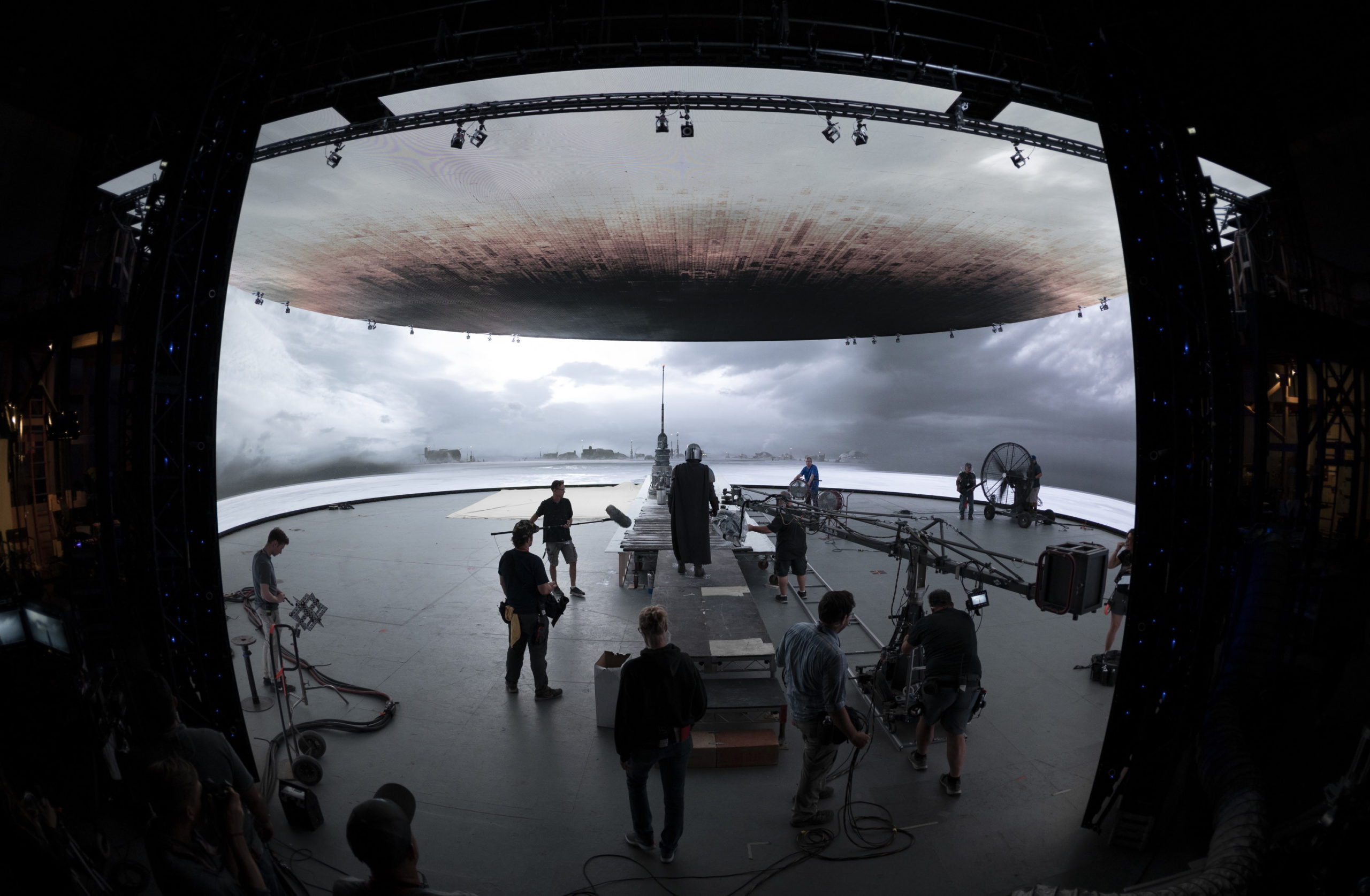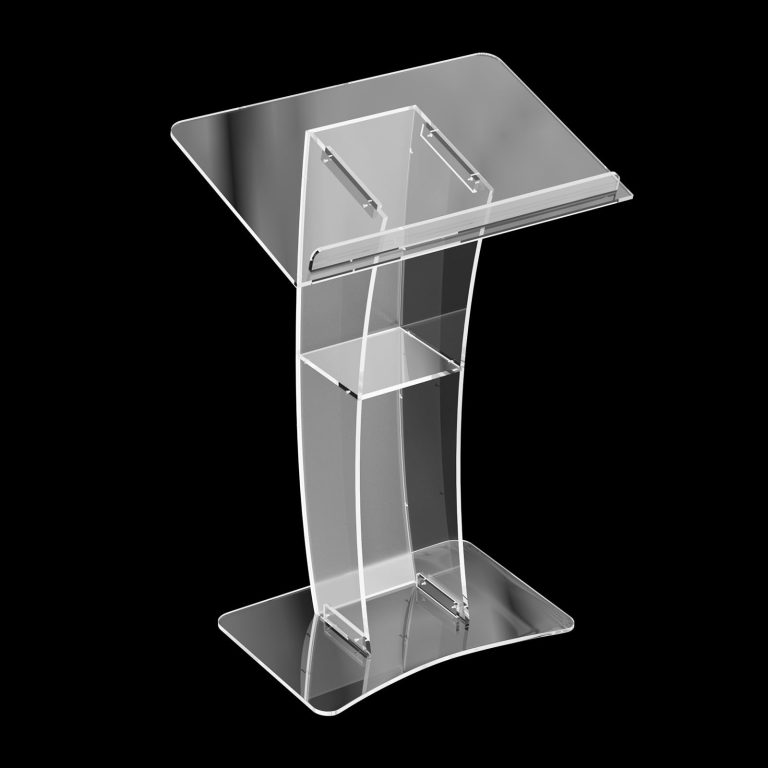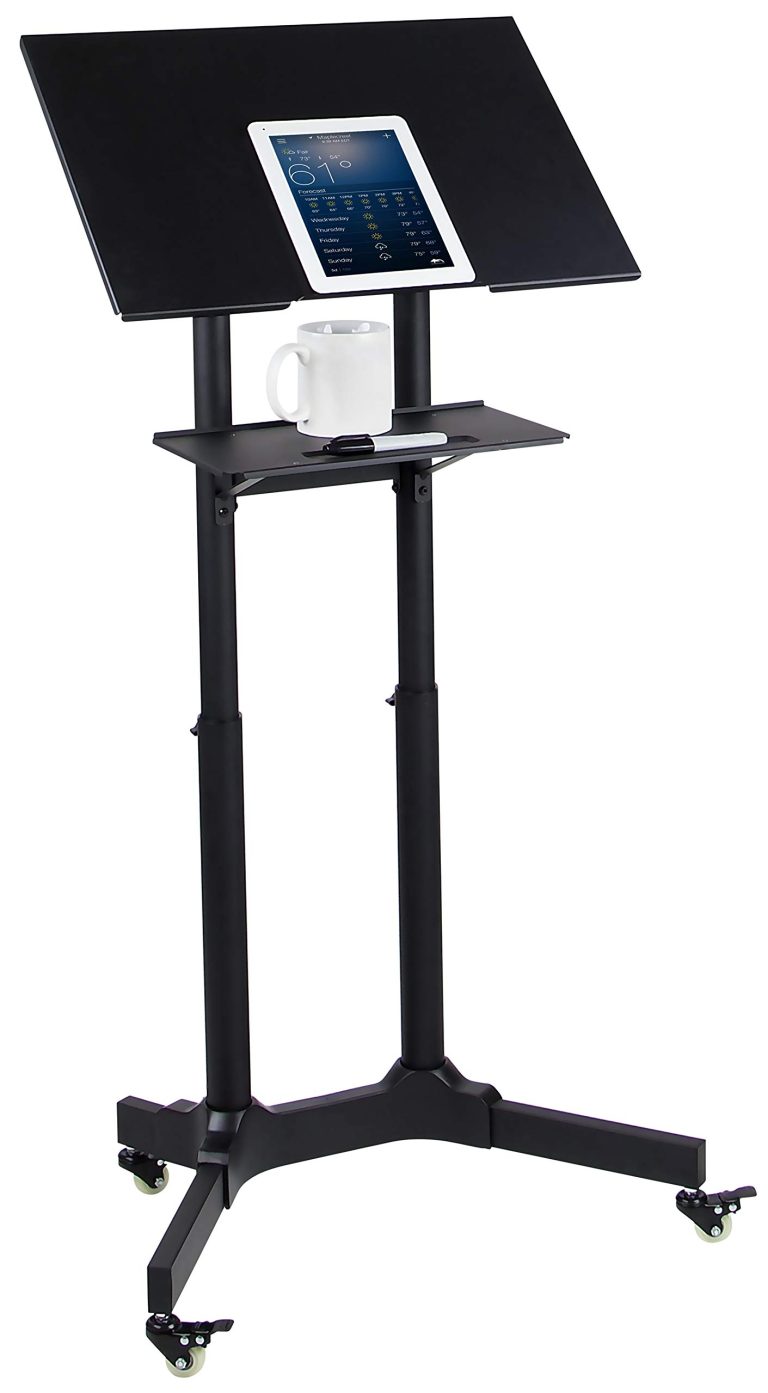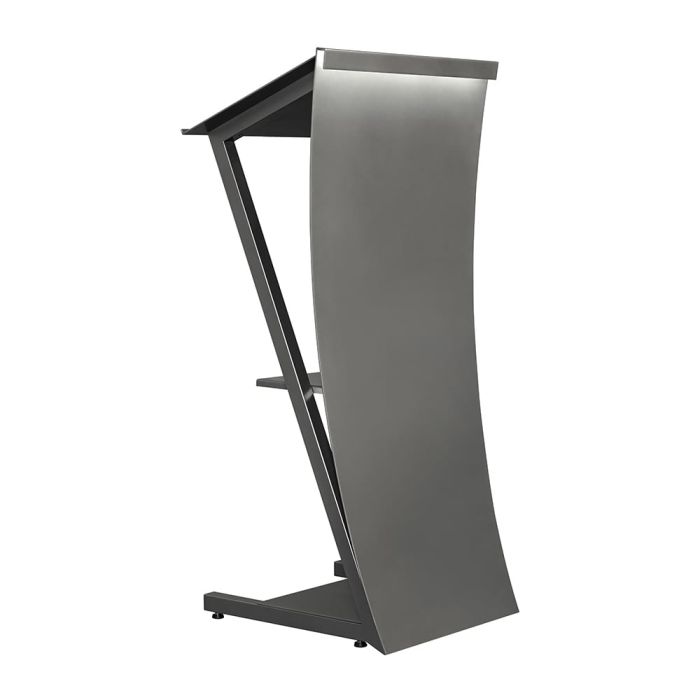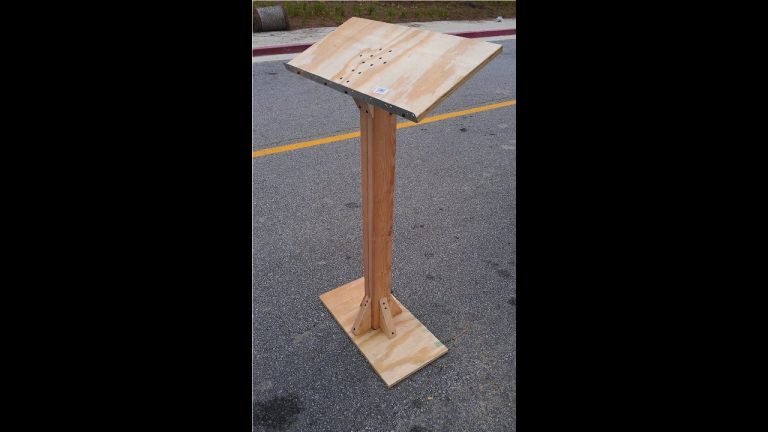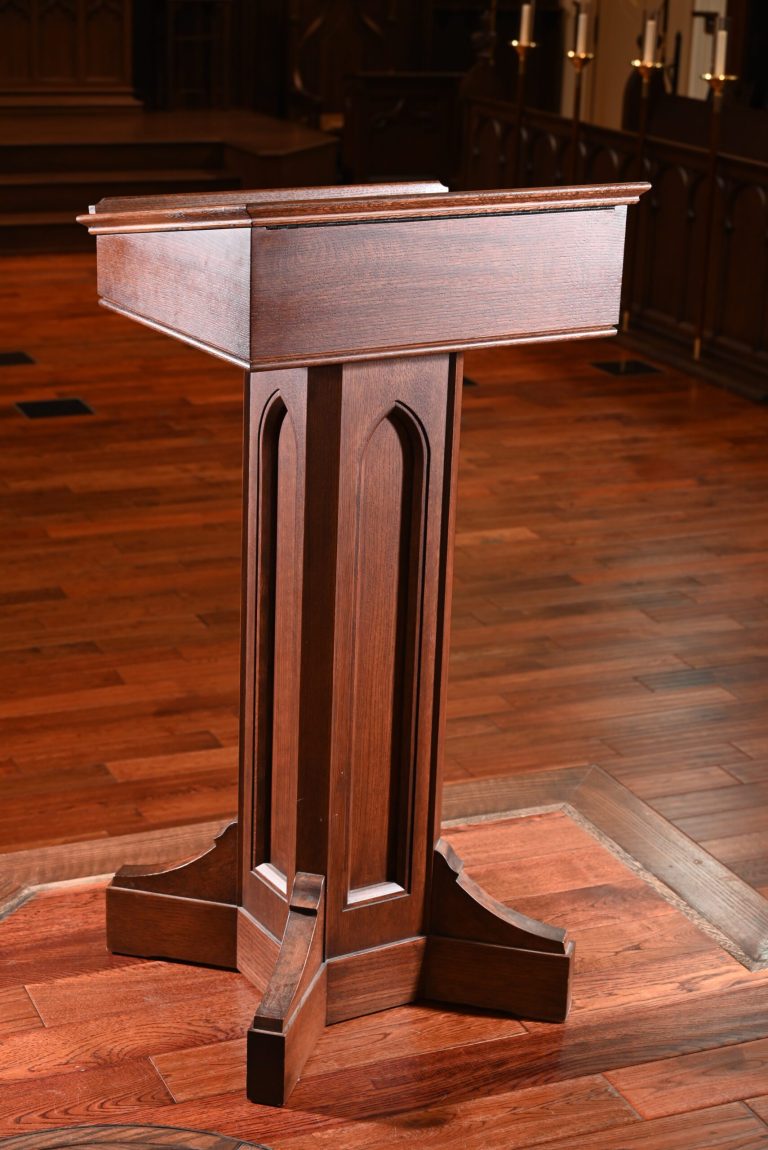Stagecrafting Trends
Stagecrafting trends involve innovative techniques used in creating and designing theatrical productions, incorporating technological advancements and visual effects. These trends focus on enhancing the overall audience experience, featuring immersive scenic design, dynamic lighting effects, projection mapping, and interactive elements.
The integration of digital technology into stage performances has revolutionized the art of stagecrafting, allowing for more creativity and realism. From holographic displays and augmented reality to interactive set designs and 3D projections, stagecrafting trends continue to push the boundaries of theatrical storytelling and create captivating and memorable experiences for audiences.
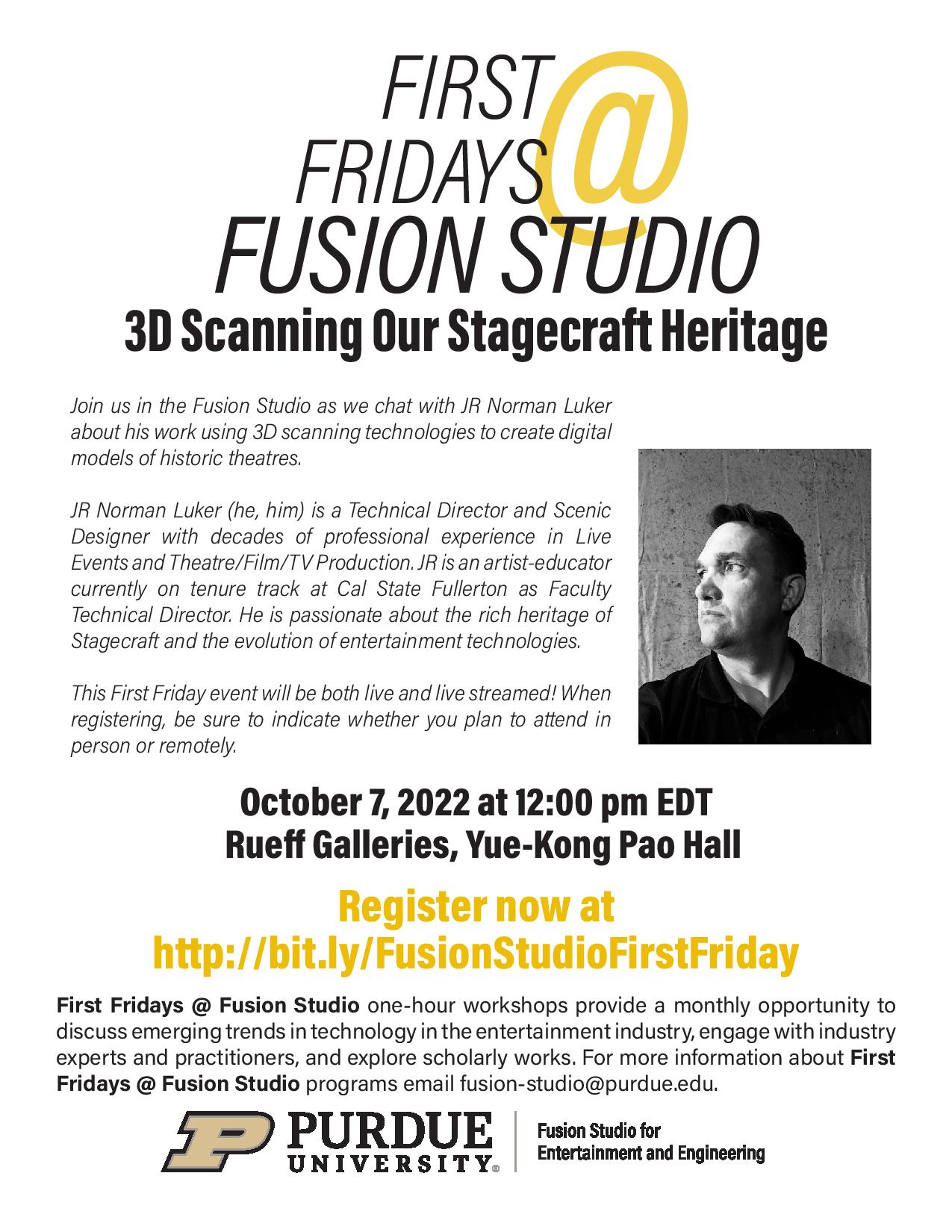
Credit: twitter.com
The Evolution Of Stagecrafting
Stagecrafting, the art of creating and manipulating the elements of a stage performance, has come a long way since its humble beginnings. Over the years, it has evolved and transformed, adapting to the changing needs and aspirations of the theatrical world. In this blog post, we will explore the fascinating journey of stagecrafting, from its origins to the present day, and how advancements in technology have revolutionized the way we create and experience theatre.
The Origins Of Stagecrafting
Centuries ago, stagecrafting was a much simpler affair. Plays and performances took place outdoors, with minimal props and sets. Performers relied on their acting skills and vocal prowess to captivate their audiences. The early origins of stagecrafting can be traced back to ancient civilizations such as Ancient Greece and Rome, where dramatic productions were a part of religious festivals and cultural events.
In these early stages, stagecrafting mainly focused on maximizing the natural elements of the surroundings. Performances took place in amphitheaters, utilizing the natural acoustics and open space to create an immersive experience for the audience. The use of masks, costumes, and basic set pieces helped to enhance the storytelling and bring the performances to life.
Pioneers In Stagecrafting
As theater gained popularity, the need for more elaborate stagecrafting techniques grew. Visionaries such as William Shakespeare and his contemporaries revolutionized theatrical productions by introducing complex stage designs and intricate sets. These pioneers experimented with innovative techniques to transport their audiences to different locations and settings.
William Shakespeare deserves a special mention for his contributions to stagecrafting. His plays showcased the use of trapdoors, backdrops, and even primitive special effects. His imagination and creativity pushed the boundaries of what was possible on stage, inspiring generations of theater practitioners to come.
Advancements In Stagecrafting Technology
The advancements in technology over the past few centuries have significantly impacted stagecrafting. From the introduction of gas lighting in the 19th century to the invention of electric lighting in the 20th century, lighting played a crucial role in creating moods and atmospheres on stage. Innovations in set design, such as the introduction of fly systems, allowed for quick scene changes and seamless transitions.
Moreover, the birth of cinema and television brought a whole new dimension to stagecrafting. Projection technologies and video effects became integral to productions, adding visual depth and complexity. Digital sound systems and wireless microphones emerged, ensuring actors’ voices could be heard clearly even in large venues.
In conclusion
Stagecrafting has come a long way from its humble beginnings, evolving into a sophisticated art form with infinite possibilities. From ancient Greece to the digital age, the journey of stagecrafting continues, constantly pushing boundaries and redefining the theatrical experience.
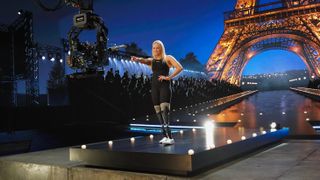
Credit: www.creativebloq.com
Modern Stagecrafting Techniques
Explore the latest stagecrafting trends with modern techniques that captivate audiences and enhance performances. Discover innovative approaches to set design, lighting, sound, and special effects for an unforgettable theatrical experience.
Stagecrafting has come a long way in recent years, embracing modern technology to create truly immersive and captivating experiences. From incredible visuals to interactive lighting and soundscapes that transport audiences, these modern stagecrafting techniques have revolutionized live performances. In this blog post, we explore some of the most exciting trends in stagecrafting and how they are redefining the possibilities for artists and performers.
Projection Mapping
Projection mapping is a cutting-edge technique that uses projectors to turn any surface into a dynamic display. Whether it’s transforming a set piece or an entire stage, projection mapping allows for the creation of stunning visual effects that can transport audiences to different worlds. By mapping visuals onto complex shapes and objects, artists can create an immersive experience that blurs the line between reality and the virtual world.
Interactive Lighting
Interactive lighting has turned the spotlight into an integral part of the performance itself. With the use of advanced lighting technology, performers can interact with their surroundings, creating a dynamic and engaging visual spectacle. Whether it’s synchronized lighting effects that respond to the music or interactive LED panels that change colors based on movement, the possibilities for creating captivating visuals are endless.
Immersive Soundscapes
Sound is a powerful tool and when harnessed correctly, it can transport audiences to another realm. Immersive soundscapes use advanced audio technology to create a 3D audio experience that envelopes the audience. By strategically placing speakers throughout the venue and using spatial audio techniques, performers can create a completely immersive and realistic auditory experience. This adds a whole new dimension to live performances, where audiences can feel like they are right in the middle of the action.
Virtual And Augmented Reality
Virtual and augmented reality have taken the world by storm, and the stagecrafting industry is no exception. By integrating virtual and augmented reality into live performances, artists can create mind-bending and otherworldly experiences. From transporting audiences to virtual landscapes to overlaying digital elements onto the real world, virtual and augmented reality opens up endless possibilities for creating truly memorable performances.
Incorporating Technology Into Stagecrafting
Incorporating technology into stagecrafting has revolutionized the world of live performances. From innovative stage designs to awe-inspiring visual effects, the integration of technology has taken productions to new heights. In this blog post, we will explore three exciting trends that are shaping the future of stagecrafting: Using Artificial Intelligence in Stage Design, Robotics in Stage Performances, and The Role of Drones in Stage Productions.
Using Artificial Intelligence In Stage Design
The use of artificial intelligence (AI) in stage design has opened up a world of creative possibilities. AI algorithms can analyze data such as audience demographics, social media trends, and even weather conditions to create dynamic and engaging stage sets. By incorporating AI, stage designers can adapt their designs to suit the preferences and expectations of different audiences, resulting in a more personalized and immersive experience.
Robotics In Stage Performances
Robotic technology has transformed stage performances, bringing characters to life in ways never seen before. By employing robots on stage, productions can create mesmerizing movements and intricate choreography that are beyond human capabilities. These robots can interact with performers, enhancing the overall performance and creating a seamless fusion of human talent and robotic precision.
The Role Of Drones In Stage Productions
Drones have become prominent tools in stage productions, adding a new dimension of visual storytelling. These unmanned aerial vehicles (UAVs) can carry lights, projectors, and even performers, enabling breathtaking aerial displays and stunning light shows. With their ability to fly within the performance space, drones create mesmerizing visual patterns and perspectives that captivate the audience and elevate the overall production value.
Sustainable Stagecrafting Practices
Theater productions have long been known for their creativity and spectacle, but as society becomes more aware of the impact we have on the environment, sustainable stagecrafting practices are also taking center stage. From energy-efficient lighting solutions to eco-friendly materials and set designs, the theater industry is embracing a more environmentally-conscious approach. By reducing waste and carbon emissions, these sustainable stagecrafting practices not only help protect the planet, but also inspire a new generation of theatergoers to appreciate the arts with a conscience.
Energy-efficient Lighting Solutions
When it comes to staging a play or musical, lighting plays a crucial role in creating the atmosphere and mood. Fortunately, there are now energy-efficient lighting solutions available that can not only save energy but also reduce costs. LED lights have become increasingly popular in the theater industry due to their long lifespan and low power consumption. By using LED lights, theater productions can significantly lower their energy usage and carbon footprint without compromising on the visual impact of the performance.
Eco-friendly Materials And Set Designs
Another trend in sustainable stagecrafting is the use of eco-friendly materials and set designs. Instead of using traditional materials that may contain harmful chemicals or contribute to deforestation, theater companies are increasingly turning to sustainable alternatives. For example, sets can be constructed using reclaimed or recycled materials, while paints and adhesives can be chosen based on their low VOC (volatile organic compound) content. By incorporating eco-friendly materials and set designs, theater productions can not only reduce their environmental impact but also send a powerful message about the importance of sustainability.
Reducing Waste In Stage Productions
In addition to energy-efficient lighting and eco-friendly materials, reducing waste is a crucial aspect of sustainable stagecrafting practices. From costumes to props to set pieces, theater productions often generate a significant amount of waste. However, by implementing practices such as recycling, reusing, and repurposing, the amount of waste can be greatly minimized. Costume departments can opt for sustainable fabrics and donate or rent out costumes after productions, while set pieces can be modular and reused for different shows. By embracing these waste reduction strategies, theater companies can not only reduce their environmental impact but also contribute to a more circular economy.
The Influence Of Stagecrafting On Audience Experience
The way a stage is crafted can have a profound impact on the audience’s overall experience. From creating immersive environments to employing cutting-edge technology, stagecrafting has the ability to transport viewers into a world of wonder and captivate them like never before. In this blog post, we will explore three key trends in stagecrafting that have significantly influenced audience engagement and emotional connections. These trends include:
Creating Immersive Environments
Immersive environments are the epitome of stagecrafting mastery. By transforming the stage into a world that surrounds the audience, theaters are able to transport viewers into a different reality. This is achieved by skillfully combining elements such as carefully crafted sets, elaborate lighting designs, and realistic soundscapes. The result is a heightened sense of presence and the ability to take the audience on a journey that feels tangible and life-like. Immersive environments not only captivate the senses but also create a deep emotional connection with the storyline, leaving a lasting impression on the viewers.
Enhancing Emotional Impact Through Technology
Technology has revolutionized the way stagecrafting is approached, allowing for the creation of awe-inspiring experiences. From holographic projections to interactive LED screens, the possibilities are endless. These technological advancements enable theater directors to amplify emotions and bring stories to life in unimaginable ways. For example, innovative lighting techniques can evoke specific moods and intensify dramatic moments, while projection mapping can transform a simple set into a dynamic and visually captivating backdrop. By seamlessly integrating technology into stagecrafting, the emotional impact on the audience is heightened, making the performance even more memorable.
Engaging The Senses With Multisensory Staging
In today’s world, the audience craves not only visual and auditory stimulation but also an immersive multisensory experience. Multisensory staging aims to engage all the senses – sight, sound, touch, taste, and even smell – to create a truly unforgettable performance. This can be achieved through the use of special effects, such as scent machines that release fragrances related to the story, or interactive props that allow the audience to feel a part of the performance. By actively engaging the senses, multisensory staging not only heightens the audience’s overall experience but also leaves a lasting impression that goes well beyond the confines of the theater.

Credit: www.linkedin.com
Frequently Asked Questions Of Stagecrafting Trends
What Are Current Trends In Theatre?
Current trends in theatre include immersive experiences, interactive performances, and experimental storytelling techniques. The use of technology, such as virtual reality and augmented reality, is also becoming popular. Diversity and representation are important focuses, with more stories from marginalized communities being told on stage.
Theatre is also exploring socially relevant themes and addressing important issues in society.
What Are The 5 Parts Of Stagecraft?
The 5 parts of stagecraft include lighting, sound, costumes, scenery, and props used in a theatrical production. These elements work together to create the overall atmosphere and bring the story to life on stage. Each part plays a crucial role in enhancing the audience’s experience and conveying the intended message of the performance.
What Are The 5 Technical Elements?
The 5 technical elements include coding, database management, network configuration, cybersecurity, and system analysis. They are essential for building and maintaining a secure and efficient IT infrastructure.
What Is The Future Of The Theatre Industry?
The future of the theatre industry is promising with advancements in technology and an increasing focus on digital platforms. Theatre companies are adapting to changing audience preferences by incorporating virtual and immersive experiences. This evolution will bring new opportunities for creativity and collaboration in the industry.
Faq 1: What Are The Latest Stagecrafting Trends?
Stagecrafting trends are constantly evolving. Currently, immersive projections, interactive lighting, and holographic effects are gaining popularity in the industry.
Conclusion
These stagecrafting trends are revolutionizing the entertainment industry. With advancements in technology and creativity, stage designs are becoming more immersive, visually stunning, and engaging for audiences. From projection mapping to interactive LED screens, these trends push the boundaries of what is possible on stage.
As the industry continues to evolve, it is crucial for performers and production teams to stay updated and embrace these innovative trends for unforgettable experiences. So, let your imagination run wild and bring the stage to life with these exciting stagecrafting trends.
